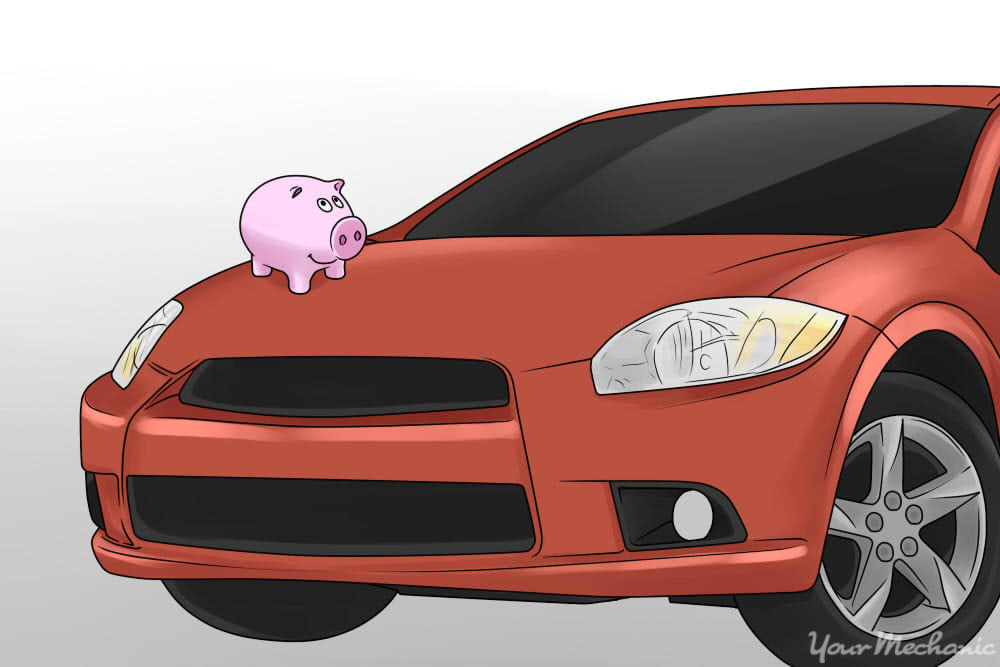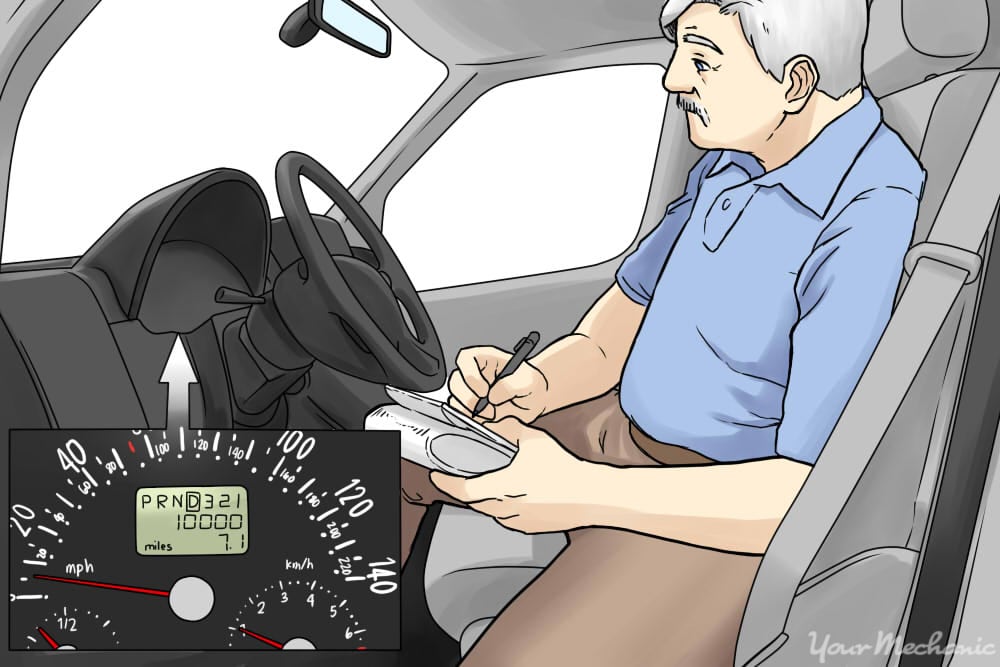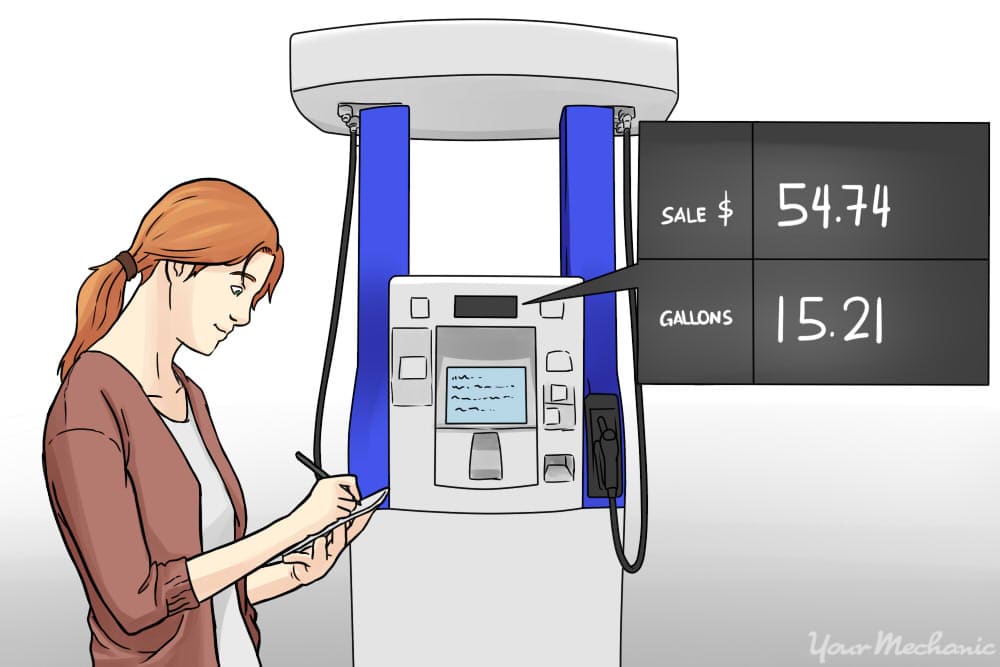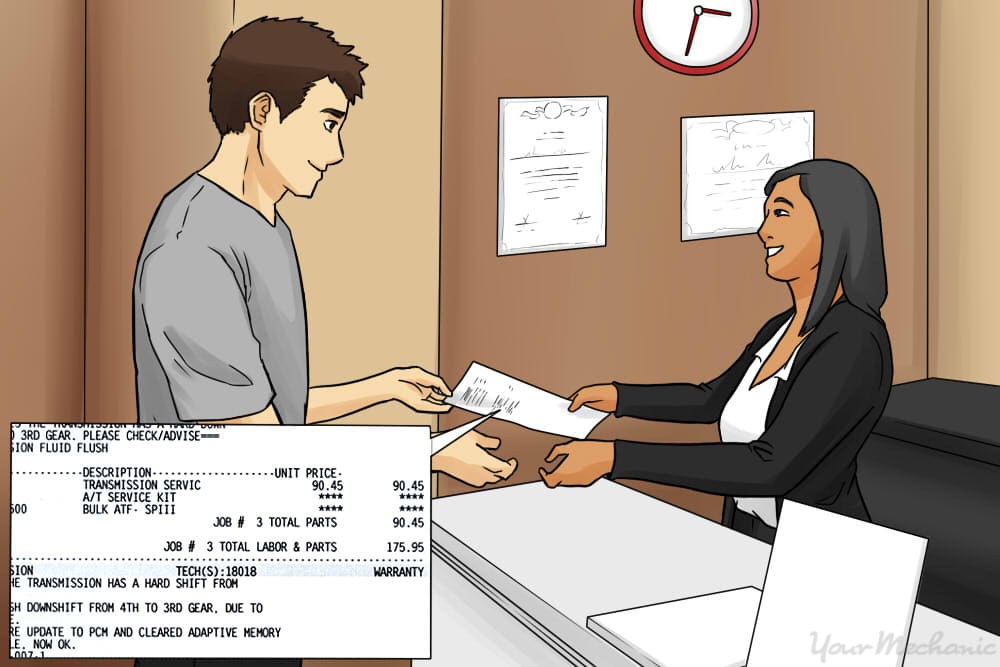

One of the largest expenses you have is your transportation. It’s how you get from home to work, school, the grocery store, or the movie theater, and it costs you money. Have you ever figured out how much exactly it costs to operate your vehicle?
Calculating the cost of operating your vehicle is an excellent idea to assist in keeping track of your finances. There are factors in play that you may not consider, aside from your car payment, such as:
- Fueling costs at the gas station
- Insurance fees
- Maintenance and repair costs
- Parking fees
- Registration costs
Your car loan or lease payment is not a true reflection of the cost of driving because it can vary greatly depending on your vehicle choice, your down payment amount, and variables like depreciation and condition, so it won’t be included in the calculation.
You’ll learn how to break down your cost of driving down to the cost per day and cost per mile. This can help you figure out how much you can afford for a car payment, rent, or other monthly expenses.
Part 1 of 5: Determine your fuel costs
Step 1: Fill your tank with fuel. Put as much fuel in the tank as it takes for the handle at the fuel station’s pump to click off.
Don’t top up the tank or round up to the nearest dollar.
This is your base fuel level for all your calculations.
Step 2: Mark down your odometer reading. Write down the odometer reading before you leave the fuel pump so you don’t forget or write down an inaccurate number later on.
- Let’s use 10,000 miles as an example.
Step 3: Drive normally until it’s time to fuel up again. For the most accurate calculation, use at least ¾ of the tank of fuel. Anomalies such as idling for long periods of time are averaged out better this way.
Step 4: Refill tank. Fuel up again in the same way as step 1, not topping up after the pump clicks off.
Step 5: Jot down notes. Mark down the number of gallons in your fuel fill-up, your cost per gallon at the pump, and your current odometer reading.
Use the full number on the pump including all the numbers after the decimal for the most accurate calculation.
Your fuel station receipt will also have the number of gallons written on it.
Step 6: Calculate distance. Subtract your starting odometer reading from your ending odometer reading.
This is the distance you drove between fill-ups.
Let’s use a hypothetical number of 10,400 miles as your odometer reading at your second fuel fill.
10,400 minus 10,000 equals 400 miles traveled in one fuel fill.
Step 7: Calculate efficiency. Divide the odometer reading by the number of gallons you used at the second fuel fill.
This calculation will give you your vehicle’s fuel efficiency for this fuel fill.
Assume you purchased 20 gallons of fuel at your second fillup.
400 miles divided by 20 gallons equals 20 miles per gallon.
Step 8: Calculate the cost per mile. Divide the fuel cost per gallon by the number of miles per gallon.
For example, assuming each hypothetical gallon of fuel cost $3 dollars, divide it by 20 miles driven.
Your cost of fuel is $.15 per mile.
Tip: Track your fuel usage and fuel economy over 3 or more fuel fills to get an average cost of fuel per mile that is more accurate. At times, idling, a high percentage of city driving, or long trips can skew the true reflection of your driving habits.
Step 9: Calculate your monthly fuel cost. Keep track of the number of miles you drive in a normal month. Calculate your average monthly fuels costs by multiplying the cost per mile by the distance you drove in a month.
A typical driver puts 1,000 miles on per month.
1,000 miles multiplied by $.15 cents per mile equals $150 in fuel costs per month.
Part 2 of 5: Calculate insurance, registration, and parking costs
Step 1: Compile bills. Compile your bills for car registration, insurance, and parking.
If you have a monthly or annual parking spot at home and at work, use both.
Add up the bills for an annual cost.
If your bills are monthly, multiply them by 12 to find your annual cost.
There are huge differences in costs depending on the type of vehicle you drive, your vehicle usage, and your location.
As a hypothetical number, let’s assume the total costs are $2,400 for the year for insurance, registration, and parking.
Part 3 of 5: Calculate repair and maintenance costs
Step 1: Add up bills. Add up your repair bills and maintenance costs for the past year.
Step 2: Be thorough. Include your oil changes, tire repairs and replacement, mechanical repairs, and any state inspection or emission inspection fees you paid.
Look up the maintenance schedule for your specific car to find out how much it costs each year to run.
Let’s assume the total cost is $1,000 for the year in repair costs.
Part 4 of 5: Calculate the daily cost of driving
Step 1: Determine average mileage. Find your average mileage driven per month and multiply it by 12.
- Most drivers average 12,000 miles per year.
Step 2: Calculate total fuel cost. Multiply the miles driven by the cost per mile.
- Using your previous example, 12,000 miles multiplied by $.15 per mile equals $1,800 of fuel per year.
Step 3: Calculate total. Add your annual registration, insurance and parking amount, your repair costs, and your annual fuel cost together.
- For example, $1,000 in repair costs, $1,800 in fuel costs, and $2,400 in registration, insurance, and parking equals $5,200 per year in driving costs.
Step 4: Calculate daily cost. Divide the annual cost of driving by 365 days in a year.
- Your hypothetical daily cost of driving is $14.25 per day.
Part 5 of 5: Calculate the cost per mile of driving
Step 1: Calculate cost per mile. Divide the total annual driving costs by the number of miles you drive in a year.
- If you drive 12,000 miles per year and your annual costs are $5,200, your cost per mile driven is $.43 per mile.
You can also enter your specific car into YourMechanic's maintenance schedule to find out how much it costs to maintain your car at regular intervals and for different services. This is a handy tool to use when you're comparison shopping and want to know if one car costs substantially more than others you're considering.







